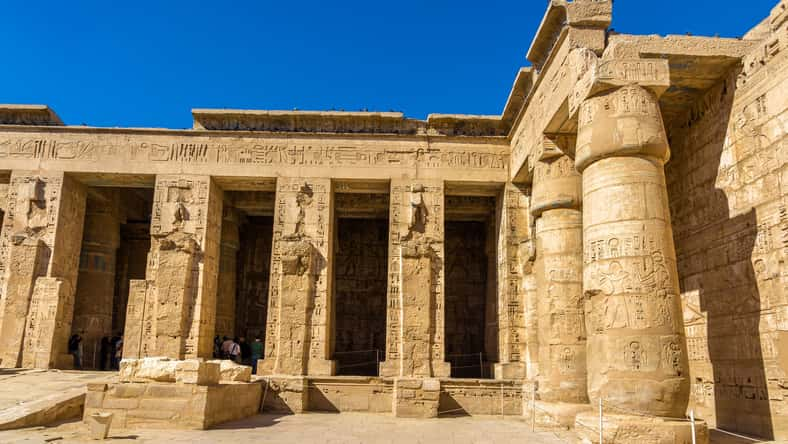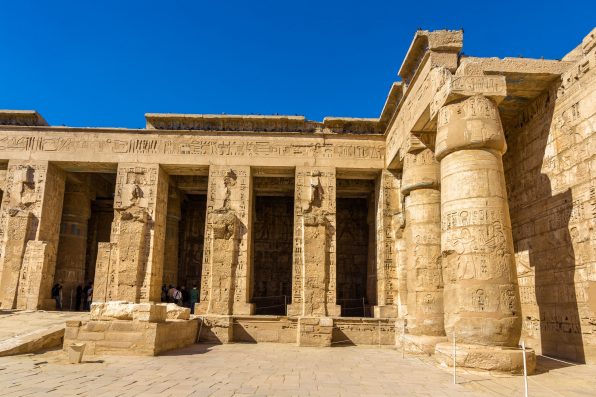Archaeologists Recently Discovered Further Evidence Of Ancient Egyptian Burial Practices In A 3,500-Year-Old Cemetery, Including The Long-Lost “Book Of The Dead” Scroll That’s Over 43 Feet Long

Few burial practices were more elaborate than those of the ancient Egyptians.
Recently, Egyptian archaeologists found further evidence of these intricate rituals in central Egypt at a New Kingdom cemetery dating back 3,500 years ago.
The cemetery featured a variety of artifacts, including coffins, mummies, statues, amulets, canopic jars, and a Book of the Dead scroll.
The well-preserved papyrus scroll measured more than 43 feet long and contained text that served as a guide for the dead’s journey to the afterlife. It is also the first complete papyrus unearthed in the Al-Ghuraifa region.
Although many archaeological finds have been made at the cemetery, the scroll is considered a truly outstanding discovery, as it is thought to be a copy of the long-lost Book of the Dead, a traditional Egyptian funerary text.
The texts began appearing around 1550 B.C. at the start of the New Kingdom. Since that era was so long ago, it is uncommon to locate a scroll in such good condition.
An Egyptologist at the University of Chicago named Foy Scalf stated that finding a copy in the grave it was initially buried in is “very rare.” But, without photographs and an official publication, verifying the details of the find will be difficult.
Still, the recent discovery may lead to a clearer overall understanding of ancient Egyptian civilizations and belief systems.
According to the American Research Center in Egypt, any examples of text from the Book of the Dead provide researchers with more insight into ancient Egyptian religion and specific rituals and symbols associated with their views of the afterlife.

Leonid Andronov – stock.adobe.com – illustrative purposes only
The Egyptian ministry announced that the scroll will be displayed in the Grand Egyptian Museum.
Aside from the scroll, archaeologists uncovered 25,000 ushabti statues, thousands of stone and wooden amulets, canopic jars that carried the organs of the deceased, and countless utensils.
Additionally, there was the engraved and colorful wooden coffin of Ta-de-Isa, daughter of Eret Haru, the high priest of Djehuti in Al-Ashmunin.
Two wooden boxes with her canopic jars inside, a set of ushabti statues, and a statue of Ptah Sokar, a funerary deity, were positioned next to her coffin.
Sign up for Chip Chick’s newsletter and get stories like this delivered to your inbox.
More About:News





